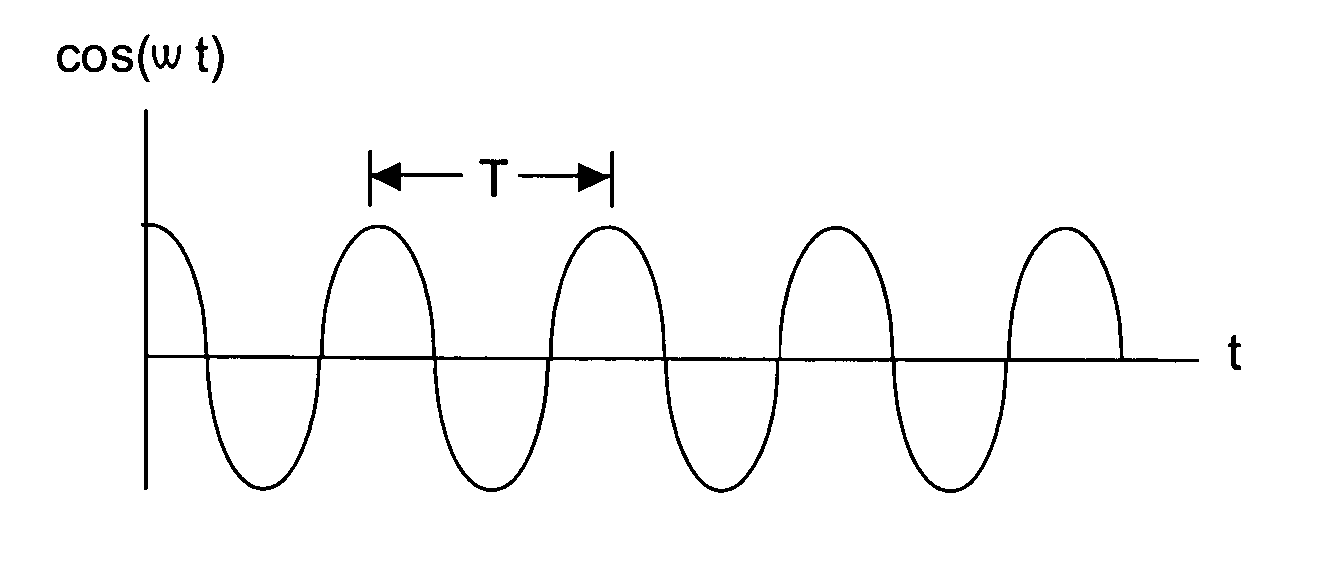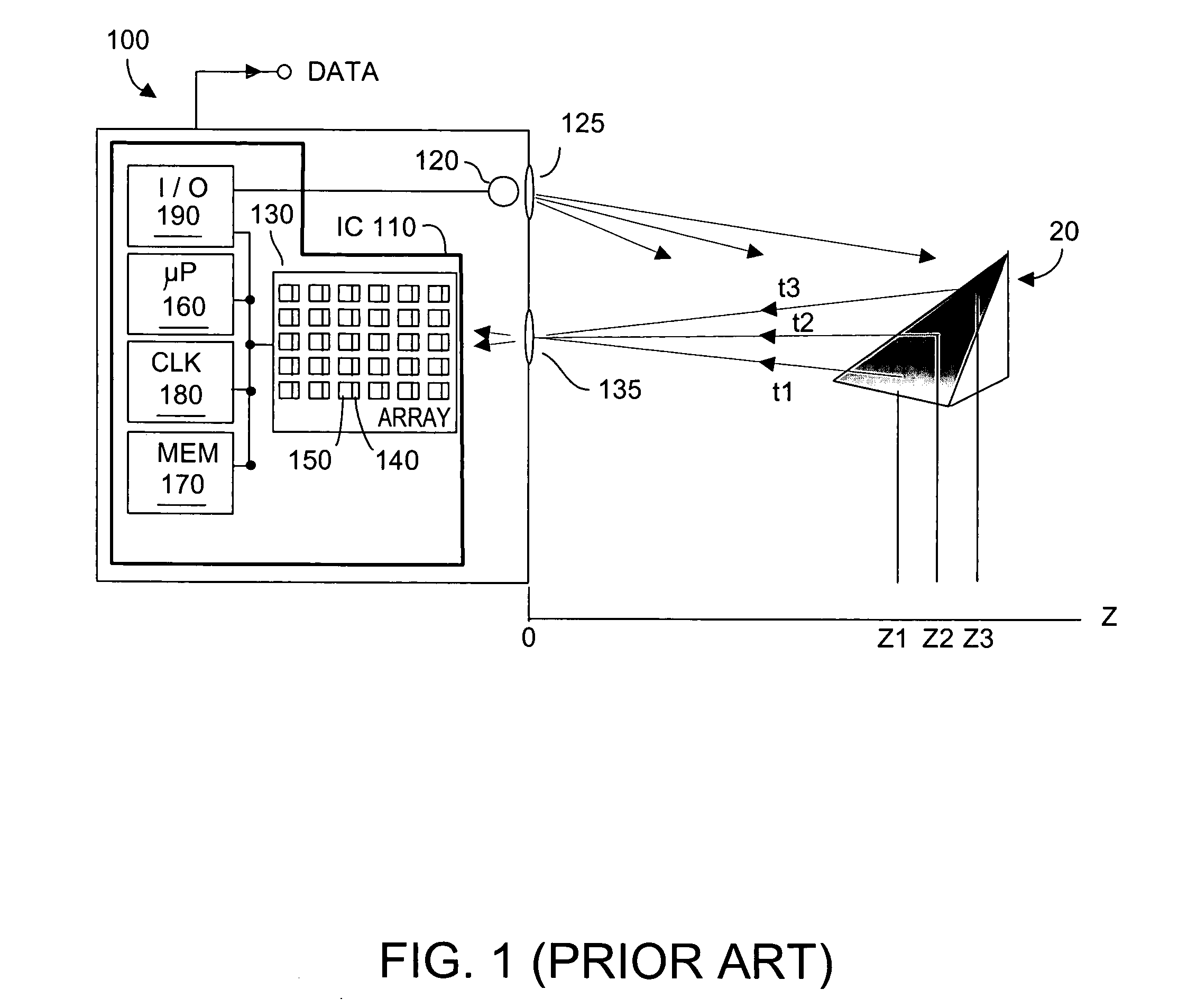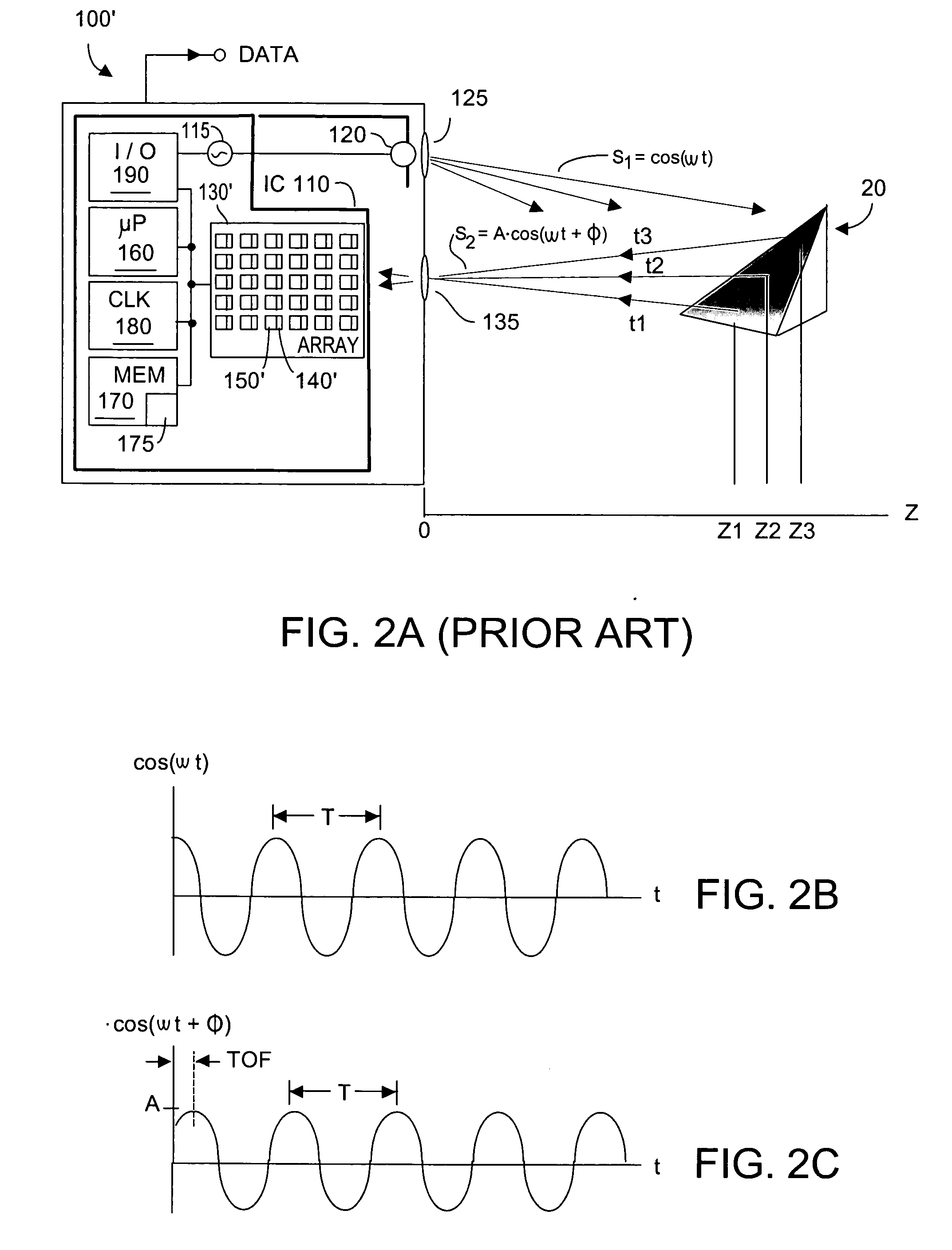Method and system to segment depth images and to detect shapes in three-dimensionally acquired data
a three-dimensional acquired data and depth image technology, applied in image enhancement, distance measurement, instruments, etc., can solve problems such as failure of grouping or segmentation, and achieve the effect of rapid identification of objects and accurately characterizing images
- Summary
- Abstract
- Description
- Claims
- Application Information
AI Technical Summary
Benefits of technology
Problems solved by technology
Method used
Image
Examples
Embodiment Construction
[0032]FIG. 3 depicts a three-dimensional imaging system 200′ comprising a depth image data acquisition system 210, and a segmenter-image recognizer system 220, according to the present invention. Depth image data acquisition system 210 may be almost any system that acquires images with three-dimensional depth data. As such system 210 could include time-of-flight systems such as shown in FIG. 1, phase-shift detection systems such as shown in FIG. 2A, laser range sensors, and stereographic camera systems, among other. As such, energy emanating from system 200 is drawn with phantom lines to denote that system 200 may not actively emit optical energy but instead rely upon passive optical energy from ambient light.
[0033] System 210 may be implemented in many ways and can, more or less, provide a stream of output information (DATA) that includes a measure of distance z to a target object 20. Such DATA may include information as to target objects that might not be readily identifiable fro...
PUM
 Login to View More
Login to View More Abstract
Description
Claims
Application Information
 Login to View More
Login to View More - R&D
- Intellectual Property
- Life Sciences
- Materials
- Tech Scout
- Unparalleled Data Quality
- Higher Quality Content
- 60% Fewer Hallucinations
Browse by: Latest US Patents, China's latest patents, Technical Efficacy Thesaurus, Application Domain, Technology Topic, Popular Technical Reports.
© 2025 PatSnap. All rights reserved.Legal|Privacy policy|Modern Slavery Act Transparency Statement|Sitemap|About US| Contact US: help@patsnap.com



